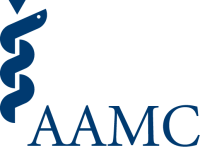Our Work

Anyone who has ever been a patient or a caregiver knows that the U.S. health care system has its share of shortcomings. Those who work in health care see these challenges up close every day. While people flock to the United States for high-quality health care, vulnerable citizens face higher rates of chronic disease, increasing maternal and infant mortality rates, and lower life expectancy compared to other highly industrialized, wealthy nations. These two contrasting experiences of health care in America underscore the challenges inherent in a system that provides the best care to those who can afford to pay for it and worsening care to those who cannot. Concurrently, a highly flawed payment and delivery system has resulted in the highest per capita health care spending in the world, which is likely to worsen as a growing, aging population with multiple chronic conditions collides with a significant workforce shortage, impacting access to both primary and specialty care.
Many propose radical solutions to drastically change the way care is paid for or delivered in the United States. Yet, it is not always clear what problems these proposals are meant to solve. Federal policy shapes how the health care system evolves over time, and change is often incremental and iterative. While the United States will not mirror the health care delivery or financing arrangements (nor the costs or political systems) of other countries in the next decade, it does have opportunities to control cost growth and improve value.
The AAMC Research and Action Institute seeks thoughtful and targeted policies that will address these challenges, explore incremental changes, and highlight opportunities for federal policy to address the health care needs of individuals and communities.
The Research and Action Institute contributes to the health policy discussion by publishing and disseminating analyses, sharing ideas and data at conferences, round tables, and other events, and by sparking conversation through social media and other communication channels.
